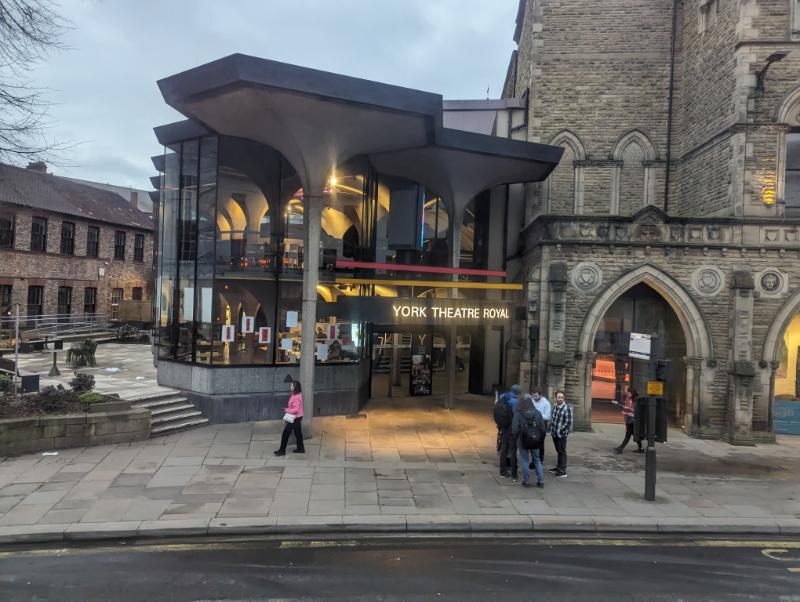When you walk into a theatre, the first thing you notice might be the chandeliers or the hush before curtain. But look closer, and you’ll see something more fundamental: the shape of the space itself. The configuration of a theatre, especially the stage, doesn’t just support the show; it shapes it. Whether you’re sitting in a grand proscenium venue or standing in a warehouse-turned-performance-space, the design of the theatre directly influences what kind of story gets told and how you experience it.
This isn’t just about aesthetics. It’s about storytelling. Directors, designers, and performers all work within the frame of the space, and that frame guides everything from where the actors move to where your eyes go.
From Ancient Amphitheatres to Modern Stages
The roots of stage design go back to ancient Greece, where open-air amphitheatres used natural slopes to amplify voices and sightlines. Roman theatres added architectural flair, while medieval performances made do with wagons and platforms. The Elizabethan era gave us thrust stages like Shakespeare’s Globe, bringing actors closer to their audience.
But the most lasting development in Western theatre came in the form of the proscenium arch, which rose to dominance in the 17th and 18th centuries. This “picture frame” stage format allowed for lavish scenery, hidden mechanics, and an illusion of separation between actor and observer. Today, many modern theatres still use proscenium designs, whether classical or updated for today’s technology.
For a clear visual and explanation of what defines this stage type, SeatPlan’s guide on Proscenium Arch is a great resource to know more.
Proscenium: Framing the Story
The proscenium is a familiar sight: audience on one side, stage on the other, a formal separation between the two. Its advantages are clear. Lighting and scenery can be hidden and revealed with dramatic flair. You get a sense of peering into a three-dimensional world. Many of the theatre’s biggest musicals (think Phantom of the Opera, Les Mis, Wicked) were designed with this setup in mind.
But that distance has a cost. In a proscenium theatre, the audience is passive. You observe, but rarely feel within the action. For some shows, that’s perfect. For others, especially those craving intimacy or spontaneity, alternative stage forms have emerged.
Exploring Other Stage Types
Thrust stages push the platform into the audience, with seats on three sides. It fosters immediacy. There’s no hiding actors are exposed, and the audience is pulled closer to the heartbeat of the show. At Shakespeare’s Globe, actors play to all sides, adjusting their movement constantly. It changes the energy entirely.
In-the-round or arena stages surround the performance on all sides. Blocking becomes a choreography of rotation. Set pieces stay low. Eye contact reaches every direction. It’s immersive by necessity, making it ideal for smaller productions, physical theatre, or intimate storytelling.
Then there’s traverse staging, where the audience sits on opposite sides, facing each other across the action. Think of it as a fashion runway for drama. It emphasizes tension and movement especially effective for dance, performance art, or plays centered on confrontation.
Promenade theatre turns the entire space into a set, with the audience walking or following the story through rooms or buildings. There’s no fixed stage. Sleep No More is a well-known example: part-theatre, part-haunted maze, part-game.
And of course, the black box theatre is a blank slate. Movable seating, minimal scenery, infinite possibilities. It’s a common choice for experimental works, new writing, and site-specific adaptations.
How Stage Shapes Shape Storytelling
Let’s take a few examples to see how stage design affects the work:
- A show like Les Misérables thrives in a proscenium space. Its rotating barricades, lighting rigs, and sweeping backdrops require technical infrastructure and a deep stage.
- A Shakespeare play like Julius Caesar at the Globe gains rawness from the thrust format. The audience is part of the mob, part of the political machine.
- In Sleep No More, promenade staging lets you become part of the show. There’s no fixed audience; you wander, discovering scenes as you move.
- A student production in a black box can rearrange seating to mirror the power dynamics of the script. The space becomes a character.
Each form forces creative decisions. Blocking, sound design, lighting, set pieces all adapt to the architecture.
Thinking Like a Theatre Professional (or a Smart Audience Member)
If you’re choosing tickets:
- In proscenium theatres, center and mid-depth usually give the best view.
- In-the-round or thrust setups? There’s no “bad” seat, just different angles.
- In promenade pieces, comfort matters: you’ll be walking or standing.
- Seat-view platforms (like those on SeatPlan) can preview your perspective.
If you’re staging or designing a show:
- Know your stage before you block.
- In non-proscenium setups, avoid tall or one-directional scenery.
- Design lighting for 360-degree visibility if needed.
- Rehearse with audience in mind they’re everywhere.
Final Thoughts: Architecture as Storytelling
Stage design is more than logistics. It’s a partner in the creative process. A thrust stage invites energy. A proscenium provides spectacle. A black box demands imagination. Knowing the difference isn’t just for designers or students. It can transform how you see theatre itself.
So next time you go to a show, ask: Where am I sitting? What kind of stage is this? And how does that change what I see?
The architecture of the stage is not just the setting for a story. It is the story’s first decision.





